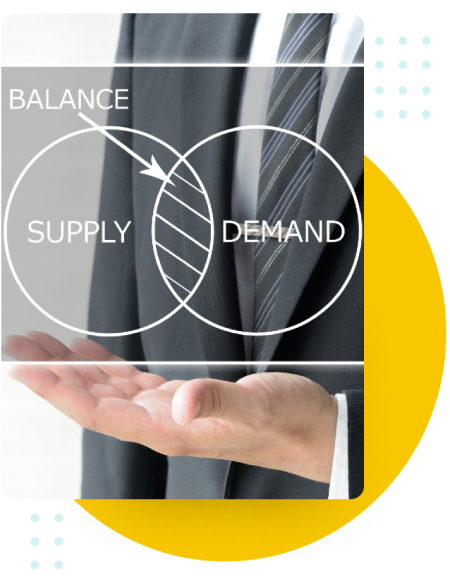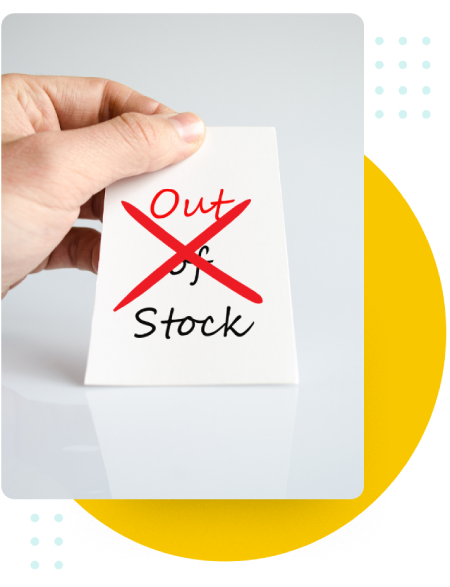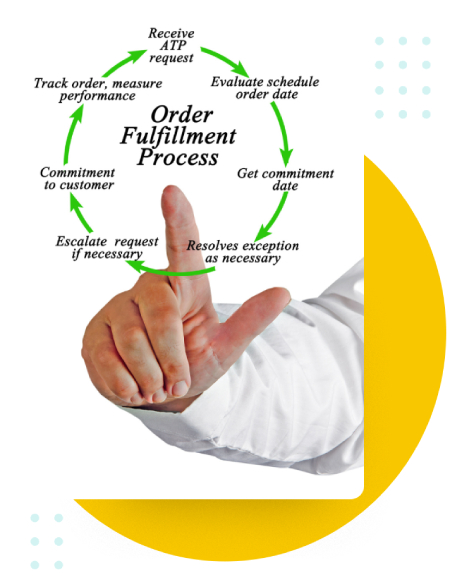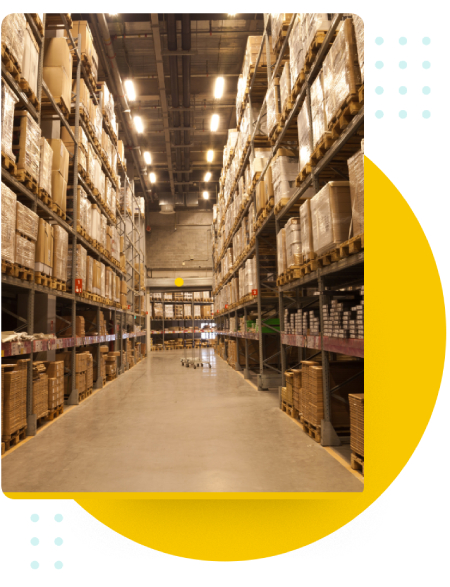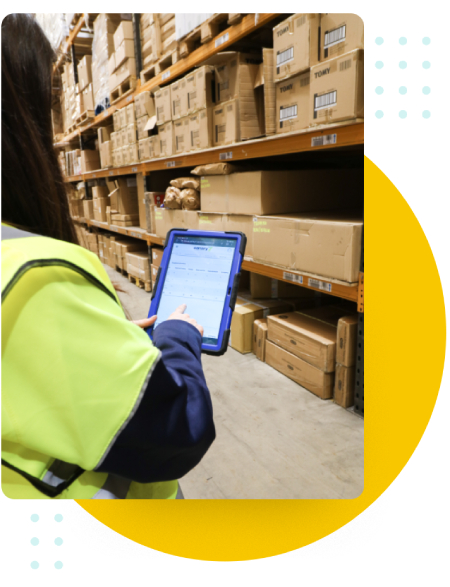What if we told you that everything that we have discussed above: from different inventory management techniques, to retail inventory management best practices, right down to the strategy: everything can be achieved by businesses of all sizes and nature, without any hassle?
It is possible, but only with retail inventory management software.
What is Retail Inventory Management Software?
As the name suggests, a retail inventory management is a software system that helps you streamline all your inventory processes as a real business. At the most basic level, such a software can help you keep an accurate stock count for your retail products. However, thanks to the technology we have available in the market (for example RFID), retail inventory management software is actually advanced enough to take care of everything (yes, everything!) that we have talked about in this guide.
Every retailer that aims to streamline their selling procedures across multiple channels needs a retail inventory management software. Whether you are in fashion retail, food retail, or have any other retail business – you can benefit from integrating a good software in your operations.
Simply put, such a software solution is the best answer to “how to manage inventory in retail”
Benefits of Retail Inventory Management Software
Retail inventory management brings with it a multitude of benefits, efficiencies, and conveniences that you can enjoy as a retailer. These include:
- End-to-end automated management
- Increased product traceability
- Easy identification of more valued products
- Real-time updates on inventory activity
- Accurate data collection
- Well-rounded insights to avoid shrinkage
- Decreased stockouts
- Quick stock closure
- Easily-spotted and minimise errors
- Increased scalability
- Better forecasting abilities
- Holistic and insightful accounting processes
- Decrease in overselling
- Reduced operational costs
- More customer satisfaction and retention
- Better supplier relationships
Important Considerations for Retail Inventory Management Software
So, we now know that the importance of inventory management in retail is palpable. We also know that retail inventory software is quite important too, considering how it brings a lot of benefits to the table. But how do you know that you are making the right choice when you invest in a retail inventory management software?
The best way to go about this is to look at the kind of retailer you are: understanding your position in the retail industry will essentially help you understand what it is that you exactly need your retail inventory management software to provide. So, for example, inventory management for retail clothing store will be a lot different for retail inventory management for a food store: and hence, the first step to getting the right retail inventory management system is to ensure you understand yourself as a business.
We’ve compiled a list of the main kinds of retail inventory management software buyers below. Read through it and see which one you can relate to, and then take it into consideration before making your purchase:
Single-store retailers
These are small retailers, or retailers with less than five stores. If you are such a retailer, you will benefit from small business retail inventory management: that is efficient yet simplistic to use, and does not require a very large chunk of your investment. You will also benefit from something that does not take a lot of time to learn, and can easily be operated on. Also a retail inventory management software that is focused on promoting efficiency would be a good fit.
Large, integrated store retailers
Believe it or not, even large retailers have the same needs as the one we have mentioned above for small retailers, so a large retail shop inventory management will be quite similar to small business retail inventory management. However, as a large retailer, you should be looking at robust, scalability-friendly solutions. Other than that, efficiency, speed, and convenience should be core components in your retail inventory management software.
Multichannel retailers
For multichannel retailers, it is important to get a retail inventory management software that manages their operations both for physical stores and websites. As such, increased visibility is an important factor. Additionally, multichannel retailers also need a retail inventory management software that integrates important ERP software, so that they can create a seamless amalgamation between all their channels. A software system that provides real time updates is a bonus.
After you have figured out which category you fall into, some other questions you should ask yourself are:
- What particular challenges do you want to overcome?
- How much support will you need?
- How many people will be using the Inventory Management System?
- What is your budget?
- What reports do you need?
- What integrations do you need?






